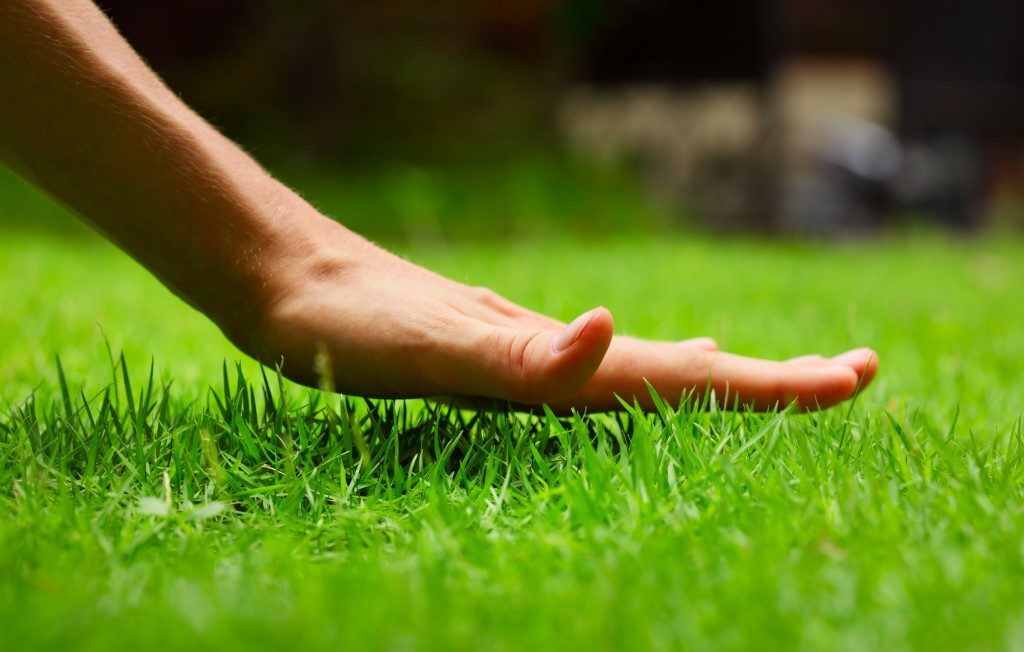A browning lawn is alarming, but you can still save the grass. What can you do to keep the roots alive and revive a browning yard?
Our lesson for today is proper and adequate watering. Let’s see if the watering practices you are accustomed to are really helping the grass, or if your erroneous methods are killing them instead.
Shallow watering is the bane of the yard

Watering regularly is not always the best practice according to lawn cutting experts from Sandy, Utah. Instead, deep watering ensures a lawn’s long-term health. Most homeowners are clueless as to the reason why daily watering still results in brown spots and dying grass. The key to successful watering is absorption. If the water molecules evaporate, they do not reach the roots of the grass. The part of the plant that absorbs water is the roots. Shallow watering that showers the leaves and stems with bountiful water does nothing for the roots. To fulfill the weekly requirement of most lawn grass, which is 1-1.5 inches of water, you must water deeply. Shallow watering isn’t helping the grass at all.
Night watering is a curse upon the grass
It’s okay if you water during the day. Just don’t turn on the sprinklers at midday because most of it will evaporate, especially in the heat of summer. There is no bearing on the myth that the leaves will burn if the sun’s rays hit water droplets. The grass will not burn this way. There is a science behind the precaution against watering at night. If there is too much water, it will sit on the grass. At night, ambient temperatures fall, and the cool water will sit on the grass for hours. Horticulturists say this puts the plants at risk for disease. It also increases the likelihood of fungi proliferation in the soil.
So, when is the best time to water the lawn? You don’t have to wake up at daybreak and bring out the hose as the sun comes up. Deep watering in the morning before the hottest part of the day should suffice.
Brown circles are not signs of a dehydrated lawn
Did you notice a brown circle in the yard where grass does not grow? It’s called a fairy ring. Grass won’t grow there even if you water the area. Mushrooms might. A fairy ring is a classic sign of the presence of fungus. The fungi in the soil have caused the grass in the area to die. Fungus robs plants of nutrients and water. Dig out the brown circle of earth if you want to prevent the fungal invasion from spreading and replant it with new grass. The alternative is to buy an effective fungicide and treat the affected areas.
Lastly, consider ordering a soil test to determine the properties and needs of the soil. Sandy soil absorbs moisture fast. Heavier soil types do not. You must water the latter more deeply and more consistently so that the water gets to the grassroots.

So, did you learn something new about watering the lawn today?




